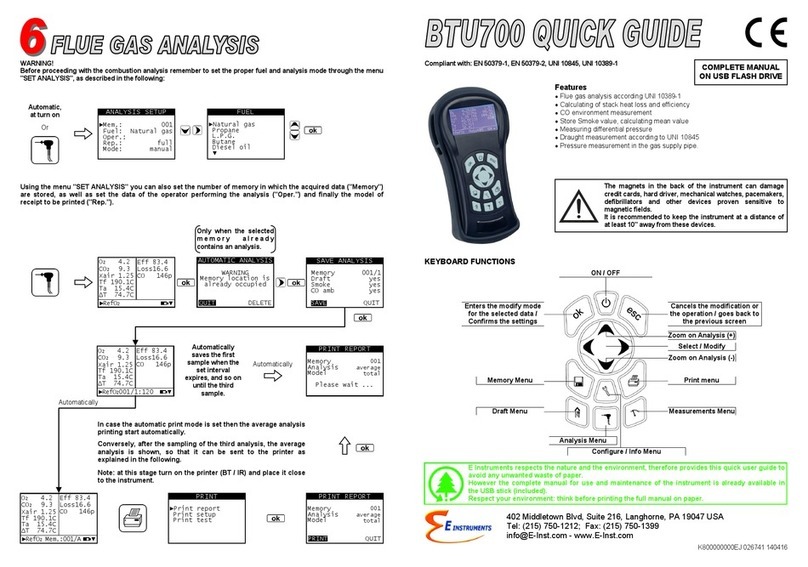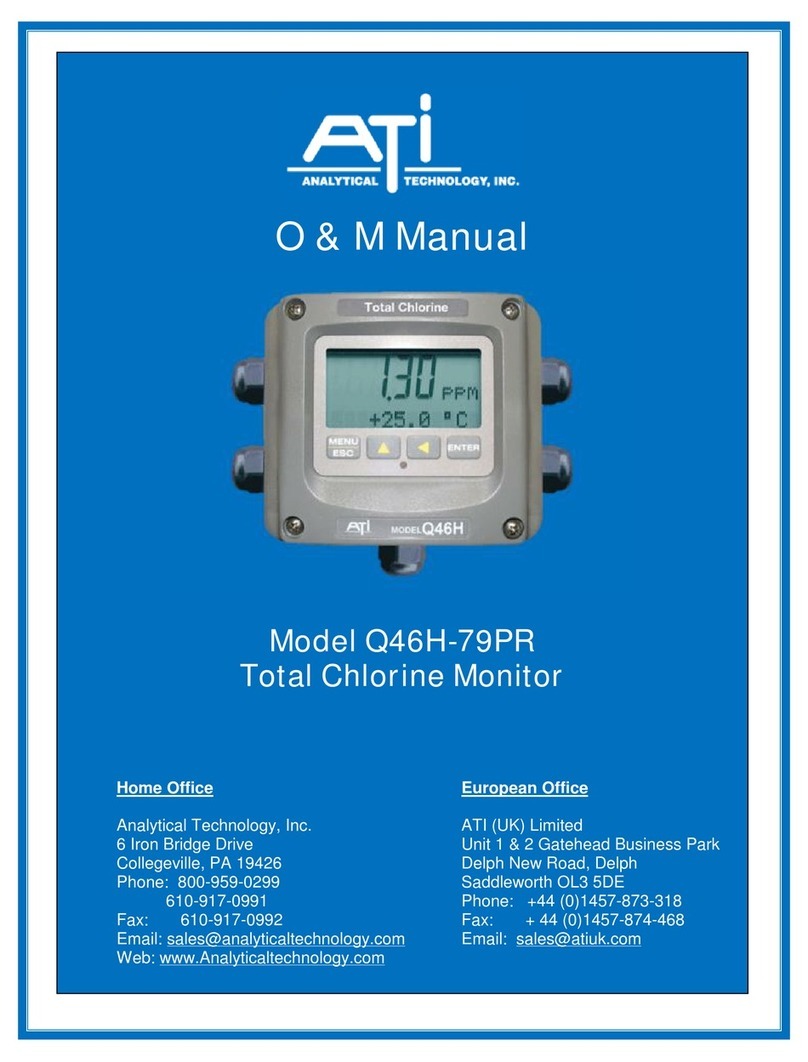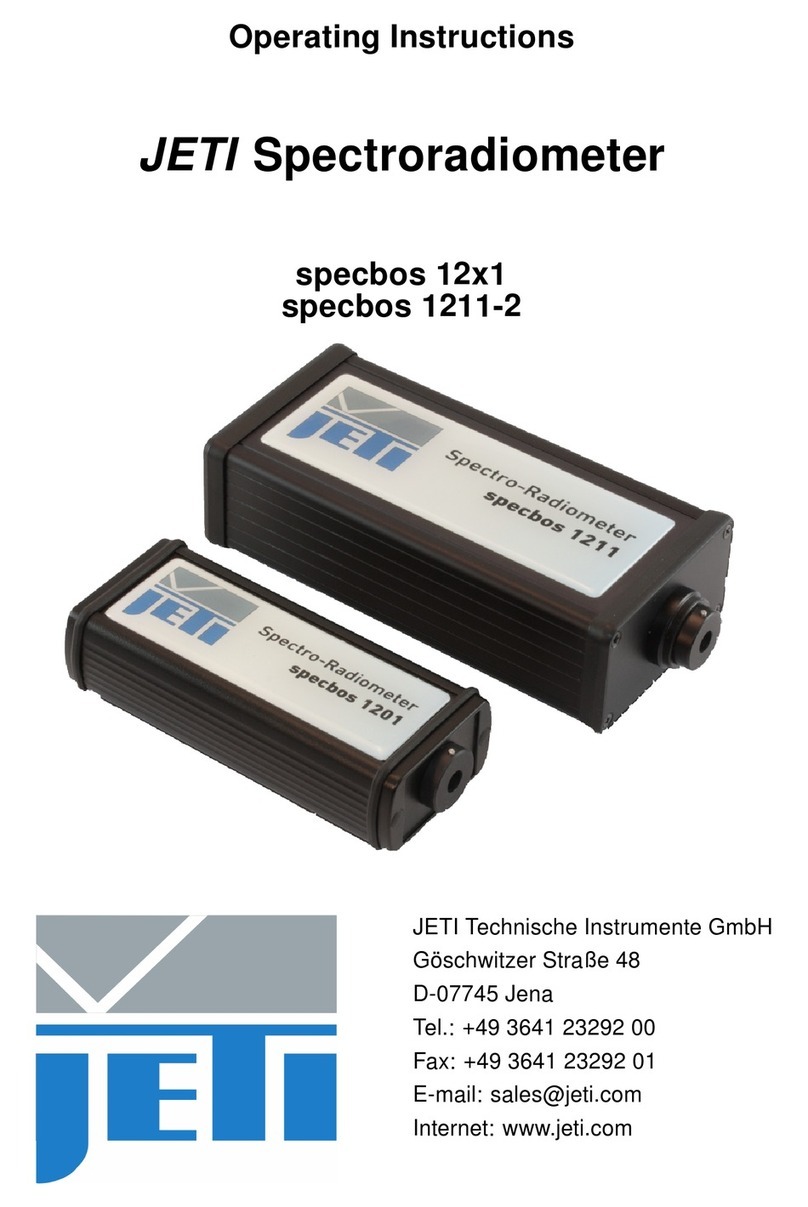feedback EW604 User manual

ELECTRONIC
WATTMETER
EW604
1160–00604
Feedback Instruments Ltd, Park Road, Crowborough, E. Sussex, TN6 2QX, UK.
Telephone: +44 (0) 1892 653322, Fax: +44 (0) 1892 663719.
email: feedback@feedback-instruments.com website: http://www.feedback-instruments.com
Manual: EW604 Ed01-1 122013
Feedback Part No. 1160–00604

ii
Product Use
All users must familiarise themselves with the following information.
This product is marked as CE compliant. This means that it complies with the relevant
European Directives for this product. In particular the Directives cover Low Voltage, EMC,
Machinery, Pressure and electronic waste disposal.
The equipment, when used in normal or prescribed applications and within the
parameters set for its mechanical and electrical performance, should not cause any
danger or hazard to health or safety.
If, in specific cases, circumstances exist in which a potential hazard may be brought about
by careless or improper use, these will be pointed out and the necessary precautions
emphasised.
This equipment is designed for use by students as part of the learning process who must
be under the supervision of a suitably qualified and experienced person in a laboratory
environment where safety precautions and good engineering practices are applied.
By the nature of its intrinsic teaching functionality, parts are visible and accessible that
might normally be covered up or encased in an industrial or domestic product.
For this reason students attention should be drawn to the need to operate the equipment
only in the manner prescribed in the accompanying documentation and supervisors must
make students aware of any particular risk. The equipment should not be operated by any
person alone.
We are required to indicate on our equipment panels certain areas and warnings that
require attention by the user. These have been indicated in the specified way by yellow
labels with black printing. The meanings of any labels that may be fixed to the instrument
are shown below:
CAUTION -
RISK OF
DANGER
CAUTION -
RISK OF
ELECTRIC SHOCK
CAUTION -
ELECTROSTATIC
SENSITIVE DEVICE

iii
Compliance with the EMC Directive
This equipment has been designed to comply with the essential requirements of the
Directive. However, because of the intrinsic teaching function it cannot be
electromagnetically shielded to the same extent as equipment designed for industrial or
domestic use. For this reason the equipment should only be operated in a teaching
laboratory environment where electromagnetic emissions in the immediate area might not
be expected to cause adverse effects. In the same way users should be aware that
operating the equipment near to an electromagnetic source may cause the experimental
results to be outside the range expected.
The Waste Electrical and Electronic Equipment Directive (WEEE)
If this equipment is disposed of it must be in accordance with the regulations regarding
the safe disposal of electronic and electrical items and not placed with ordinary domestic
or industrial waste.
Product Improvements
We maintain a policy of continuous product improvement by incorporating the latest
developments and components into our equipment, even up to the time of dispatch.
All major changes are incorporated into up-dated editions of our manuals and this manual
was believed to be correct at the time of printing. However, some product changes which
do not affect the teaching capability of the equipment, may not be included until it is
necessary to incorporate other significant changes.
Component Replacement
In order to maintain compliance with the Directives all replacement components must be
identical to those originally supplied.
Operating Conditions
This equipment is designed to operate under the following conditions:
Operating Temperature 10°C to 40°C (50°F to 104°F)
Humidity 10% to 90% (non-condensing)
WARNING:
This equipment must not be used in conditions of condensing humidity.

iv
Copyright Notice
© Feedback Instruments Limited
All rights reserved. No part of this publication may be reproduced, stored in a retrieval
system, or transmitted, in any form or by any means, electronic, mechanical, photo-
copying, recording or otherwise, without the prior permission of Feedback Instruments
Limited.
ACKNOWLEDGEMENTS
Feedback Instruments Ltd acknowledge all trademarks.
MICROSOFT, WINDOWS 8, WINDOWS 7, WINDOWS VISTA, WINDOWS XP,
WINDOWS 2000, WINDOWS ME, WINDOWS NT, WINDOWS 98, WINDOWS 95 and
Internet Explorer are registered trademarks of Microsoft Corporation.
MATLAB is a registered trademark of Mathworks Inc.
LabVIEW is a registered trademark of National Instruments.

v
Addendum
This manual is for the EW604 and EW1604 Electronic Wattmeter. The EW1604 design
includes a higher degree of immunity to radiated radio frequency fields in order to comply
with the EMC Directive. In all other respects the specification and operating instructions
for the EW604 and EW1604 are the same. The only other difference is that the protective
fuse in the input lines (not the mains fuse) has been moved from the rear to the front
panel.

vi

Electronic Wattmeter
CONTENTS
CHAPTER
1 Description
1.1
Introduction
1.2 Mechanical
1.3 Electrical specification
CHAPTER 2
Operation
2.1
Installation of EW604
2.2 Power supply voltage selection
2.3 Wire connections
2.4 Range selection
2.5 Connection of EW604
to
circuit under test
2.6 Measuring power
in
a three-phase system
2.7 Measuring systems with low power factor
2.8 Amplifier power measurement
2.9 Measuring power
in
audio frequency circuits
2.10 Audio frequency power comparison
2.11
Measuring radio frequency power
CHAPTER
3 Circuit Description
3.1
Multiplying circuit
3.2 Overload circuits
3.3 Power supply circuit
CHAPTER
4
Maintenance
4.1
Access
4.2 Alignment schedule
4.3 Component replacement table
3

METER
AMPS~
O/~
·S '
C
POWER
;q
REV
.j
Hi
SET
ZERO
FEEDBACK
ELECTRONIC
WATTMETER
EWS04
Fig
1.
1 Electronic Wattmeter
4
Electronic Wattmeter
VOLTS.
0/L
so
100

DESCRIPTION
1.1 Introduction
Electronic Wattmeter
CHAPTER 1
The Feedback EW604 Electronic Wattmeter is based
on
an
analogue multiplying circuit using the logarithmic voltage-to-
current transistor characteristic. The inputs to this multiplying
circuit are currents that are derived via range-scaling resistors
from the input voltage terminals and the input current terminals.
The output is displayed
on
the front panel moving-coil meter
calibrated
in
watts.
The wattmeter terminals are arranged as two pairs marked
'SUPPLY' and 'LOAD' to facilitate correct connection.
Separate warning lights are provided
on
the voltage input
and
current input to indicate when
an
overload might affect the
reading accuracy. Additional precautions are taken to prevent
damage to the instrument
in
the event of gross overload of
current or voltage.
Pushbuttons enable the meter deflection to
be
reversed to
measure reverse power flows and also to increase the meter
sensitivity
by
x2
to improve readability of small deflections.
The wattmeter contains its
own
partly-regulated power supply
for operation
on
normal line voltages.
The value of the wattage is displayed
on
the front panel meter
which responds to the true wattage or potential heating ability of
the current in the associated load.
In
a resistive load this
corresponds to:
2
2
(V
rmsl
. .
(I
rmsl
R or R
1rrespect1ve
of waveform*
and to: (Irmsl
(Vrmsl
cos
<jl,
in
a reactive circuit with sinusoidal
excitation
and
in
general to:
T
Limit T
1 Jv i dt
T->=
0
*High crest values applied to EW604 will illuminate the
0/L
lamp(s) if they are of such a value as to cause limiting
in
the
circuit
and
thus errors.
5

1.2 Mechanical
1.3 Specification
Electronic Wattmeter
Chapter 1
The EW604 is housed
in
an
ABS plastic case made
in
two
halves, each secured
by
two screws
on
each side. The case
provides the
main
structural strength of the instrument. Removal
of the case gives access to
all
components. Without the cover
the EW604 consists of a horizontal
PWB
fixed
by
small plastic
brackets to the front and rear panels, providing a structure
strong enough for normal handling
and
maintenance. The low-
power dissipation of the EW604 obviates the need for
ventilation holes.
The controls, situated
on
the front panel
(see
fig
1.1) are:
Power
Green pushbutton power switch
Separate green power
ON
indicator
Current
Eight-position rotary range selector
Voltage
Eight-position rotary range selector
Terminals
Four 4mm
red
socket binding posts (two for connection to
supply and two for connection to the load) with mimic showing
metering circuits.
Meter
Mirror-scale moving-coil meter calibrated
in
watts.
Zero-
separate knob for electrical meter zero.
x2-
Pushbutton to increase sensitivity
Rev
-Pushbutton
to
reverse deflection
On
the rear panel are:
Current circuit-protection fuse holder with spare fuses.
'Three-terminal wattmeter'
(one
terminal common to voltage
and
current ranges) connected to four front-panel binding posts
so
that two are for connection to the 'supply' and two for connection
to the 'load'.
Power range
250mW
to
1
OkW
fsd.
Voltage ranges
Nominal
5,
10, 20,
50,
100, 200,
500
and 1000 volts.
6

Burden
Meter
Accuracy
Scale Accuracy
Electronic Wattmeter
Chapter 1
No
more than 1.5kV peak should
be
applied between the upper
pair of terminals and either ground or the lower terminals. The
latter must not exceed 400V peak to ground.
Current ranges
Nominal 0.05, 0.1, 0.2, 0.5,
1,
2,
5 and 1
OA.
Overload Indication
Input peaks of voltage or current
in
excess of 1.5x the nominal
range can cause overload which is clearly indicated by the
appropriate voltage or current overload lamp.
Overload Protection
All current circuits
are
protected by a 1
OA
slow-blow 1/4" x 1 1/4"
fuse mounted
on
the rear panel. The circuit is designed
to
withstand the transient associated with normal rupturing of this
fuse
on
all
current ranges. The voltage circuit will withstand the
nominal 250V a.c supply indefinitely
on
any range.
Frequency range
DC
to
20kHz.
All voltage ranges; 5kQ/Volt
All current ranges; less than 60mQ
3 1/4" mirror scale graduated 0 to 1.0
in
50
divisions
Reading given by:
Watts=
(meter deflection) x (Voltage range) x (Current range)
Pushbutton to give x2 scale expansion and pushbutton meter
reversal.
Many factors control the final indication
on
any wattmeter. They
include voltage, current and power ranges, power factor,
temperature and frequency.
The possible permutations of these are
so
numerous that it
is
impracticable to specify or to test instruments under all likely
operating conditions. The figures below should
be
interpreted
in
the light of these comments.
All figures are at 50Hz, unity power factor, 25oc.
Typically better than 1.5% of fsd measured
on
1
OOV
and 0.5A
range at
20,
40,
60,
80
and 100% of fsd with a 200 ohm load
(guaranteed better than 2.5% of fsd).
Also typically better than 2% of fsd for all combinations of 0.25A,
0.5V,
0.
75A and 1A with 25V, 50V, 75V and 1
OOV
applied to the
1A and 1
OOV
ranges.
7

Range-to-range Accuracy
Reference Point Power
10kW
1kW
~
Q)
~
100W
0..
DC
Carrying Handle
Power Requirements
Fuse
Electronic Wattmeter
Chapter 1
Errors in the current and voltage range multipliers contribute a
combined error to power indication that is typically less than
1%
of reading (guaranteed less than 2.3% of reading).
This is at full-scale
on
the 1
OOV
and 0.5A range and is set
to
within 0.3% of 50W.
Note
1)
In
general, scale errors are not affected by choice of
range.
2)
Typical figures are determined from measurements
made
on
a single batch of instruments.
3)
Guaranteed figures
are
from measurements made
on
every instrument.
Fig 1.2 shows the area of operation within which the EW604
may
be
expected to give results accurate to better than ±5% of
fsd and should
be
interpreted
in
conjunction with the accuracy
figures given for the calibration frequency of 50Hz.
Area of operation
10
50
100
1k
10k 20k
Calibration Frequency Frequency
Hz----e.
Fig 1.2
A dual purpose handle is fitted for
use
in
carrying the instrument
or serving
as
a stable stand to present the instrument panel
at
a
convenient working angle.
Line voltage
200/250V or 100/125V rms
50
or 60Hz
Consumption
4
V.A.
315mA slow blow (200mm x 5mm) Littelfuse style 213
Beswick TTC123, Buss GMA
8

Dimensions and Weight Width
Depth
Height (with feet)
Weight
9
330mm (13in)
238mm (9.4in)
118mm (4.6in)
1.9kg
(4.31b)
Electronic Wattmeter
Chapter 1

Electronic Wattmeter
NOTES
10

OPERATION
2.1
Installation of EW604
2.2 Power Supply
Voltage Selection
2.3 Wire Connections
2.4 Range Selection
Electronic Wattmeter
CHAPTER 2
Inspect the EW604 and if any damage is evident, immediately
notify the carriers and your supplier.
Ensure that the instrument is set to the appropriate voltage
supply either
by
inspecting the tag (if fitted)
on
the power cable
or
by
removing the top cover of the instrument. See Chapter
4.1.
Before removing the covers, however, ensure that the mains
plug is disconnected.
The voltage selection is accomplished
by
a slide switch
on
the
printed circuit board. Set the switch to '115' for operation
from
100 to 125V
and
to '230' for 200 to 250V, 50/60Hz
AC.
The colour code of the power supply cable is:
Brown
Blue
Green/Yellow
Live
Neutral
Ground
The ground wire is connected to the graphite screening of the
case but is isolated from the front panel 'common' terminal.
The current
and
voltage ranges should
be
selected to suit
the
current voltage present
in
the circuit under test. This is
conveniently done
by
progessively increasing the sensitivity
by
means of the appropriate range switch until the corresponding
overload indicator lights, and then switching back one range.
This should
be
done with both the current ranges and voltage
ranges.
The table
in
fig
2.1
lists the full-scale power for the various
current and voltage range combinations.
1 1

Electronic Wattmeter
Chapter 2
Power for a given voltage range (Watts)
Current
Range
0.05
0.1
0.2
0.5
1
2
5
10
Working voltage limits
2.5 Connection
of
EW604
to Circuit under
Test
5
10
20
50
100
200
500
1000
0.25 0.5 1.0 2.5 5 10 25 50
0.5 1.0 2 5 10 20 50 100
1.0 2 4 10 20 40 100 200
2.5 5 10 25 50 100 250 500
5 10 20 50 100 200 500 1k
10 20 40 100 200 400 1k 2k
25 50 100 250 500 1k 2.5k 5k
50 100 200 500 1k 2k 5k 10k
Fig 2.1
It is recommended that the lower front panel 'COMMON'
terminals are operated
at
'neutral' potential and
in
no
case
at
a
potential exceeding 400V d.c
or
peak, and the upper terminals
at
no
more than 1500V d.c or peak, with respect to the normal
supply ground (green/yellow wire
in
the supply cable to the rear
of
the EW604).
The EW604 terminals
are
arranged
so
that two terminals can
be
connected to the supply and a separate two to the load
as
in
fig
2.2.
Live
Supply
Neutral
Fig 2.2
12

Supply
Electronic Wattmeter
Chapter
2
The current-sensing circuit is in the lower line and should
be
connected
in
the neutral line. (This is good practice since it
keeps low the operating potential of the wattmeter common
connection). However, if necessary, it is possible to operate with
the upper line at neutral. (This situation may occur where it is
not possible to break the neutral line or where a dangerous
situation would
be
created if the 1
OA
overload protective fuse
in
series with the current-sensing circuit were ruptured). The live
voltage must not then exceed 280V with respect to ground.
With conventional dynamometer wattmeters a decision has to
be made before connection whether to include the internally
consumed watts of the current coils or the voltage coils
in
the
power supply measured.
With the EW604 connected
as
in
fig 2.3(a) the power consumed
by the voltage circuit
at
(5000 ohms/V) is
so
small that it is
insignificant compared with load power. This enables the
prearranged connections as shown
on
the front panel
schematic to
be
used without need for correction.
However the EW604 may, if desired,
be
connected
as
in
fig
2.3(b). This introduces a small voltage drop (about 60mV/A)
in
the current sensing circuit. The reading can
be
corrected if
necessary
by
subtracting the
I2R
loss from the EW604 reading.
Wattmeter
'"
___________
,
Figs 2.3(a)
Load
WL
Wattmeter
... -----------,
I ' ,
__.,
l-r'----,
Warning
'
'
'
---
--------
Fig 2.3(b)
Load
WL
As
with
an
electrical measuring instrument care must
be
taken
to
avoid contact with supply voltages associated
with the test circuit. Switch off the supply voltage before
making connections to the wattmeter terminals and
avoid contact with these terminals during the test.
13

Electronic Wattmeter
Chapter 2
2.6 Measuring Power in
a Three-phase System
Balanced system
Polyphase measurements invariably require connection of the
common terminal of the EW604 to at least one live line. The
line
voltage must then not exceed 280V. For three-phase systems
this implies a maximum line voltage of 490V.
If both the supply and the load are balanced and either a neutral
is
available
on
the supply or a star point
on
the load, the power
can
be
measured by connecting as
in
fig 2.4 and multiplying the
reading obtained by three.
EW604
3phase
supply{----.:
8
::.._
y
~~-L~-.
a)
Supply neutral available
3 phase
JRB
supply
ty
b)
Star point of load available
Fig 2.4 Finding the power
in
a balanced load system
If the supply and load are balanced, both the power and the
power factor can
be
obtained from two readings using the
connections
of
fig
2.5. Two readings P1 and P2 are taken using
the two positions of the switch. The power is then given
by
P1 + P2, and the power factor
is
1 2
p1
1--
1+ 3
p2
p1
1+-
p2
14

Electronic Wattmeter
Chapter
2
3
phase
{~~'--~t_..--1
Balanced
supply 8 Load
:-"---L_.::.:::.:::..:::___J
Fig 2.5 Power andpower factor
in
a balanced load system
Unbalanced system If either the load or the supply is unbalanced (or both) it is
necessary to obtain the power as the sum of readings, taken
with the current terminals connected
in
series with each line
in
turn, except one, and the voltage connection is taken to that
one
in
each case. Connections are shown
in
fig
2.6 for three-wire
and four-wire three-phase systems. If only one wattmeter is
available it may
be
connected
in
each of the positions shown
in
turn. The power is the sum of all the readings. (This scheme
of
connections
can
be
extended
to
any number of wires, taking n -
1 readings
in
the n - wire case. Also it is not
in
principle
restricted
to
any particular current or voltage waveforms).
,-----l
1 load 1
I
I
I
I
I
I
I
I
I
L
_____
_j
Fig 2.6a Measuring power
in
a three-terminal load
1 5

Electronic Wattmeter
Chapter 2
N
Fig 2.6b Measuring power
in
an unbalanced star-connected load
2.7 Measuring Systems
with Low Power Factor
It
is
possible with conditions of low power factor or
high
crest
factor that only a small deflection is obtainable without
overloading. This is a direct result of the real power being
low
in
the circuit and thus it is unreasonable to expect a large
deflection.
In
practice low power factors are commonly
encountered when measuring, for example, the iron loss of
transformers.
In
this case the magnetising current
may
cause
overloading of the wattmeter when it is displaying a very small
deflection corresponding to a small iron loss. This difficulty
may
be
overcome
by
the use of power factor correction capacitors.
In
theory the use of such capacitors to 'tune' the transformer
inductance does not affect the power reading but
it
does
reduce
the supply current enabling a more sensitive current range
to
be
used without overloading the wattmeter, thereby providing a
more significant deflection.
The capacitor used
as
shown
in
fig 2.7 can
be,
for convenience,
a decade box of suitable voltage rating and value. The loss
angle of most commercial capacitor boxes is
so
small that
it
is
insignificant compared with normal power transformer loss
angles
and
so
requires
no
correction.
The value of the capacitors is not critical,
it
being adjusted
on
test
to
extinguish the current overload indication.
1 6
This manual suits for next models
1
Table of contents
Popular Measuring Instrument manuals by other brands

Neptune Technology
Neptune Technology CMIU Installation and maintenance guide
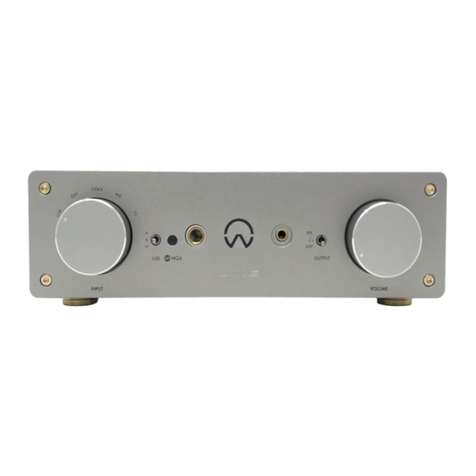
JAVS
JAVS X7-DAC Femto manual

DIDIESSE
DIDIESSE Baby Frog operating instructions
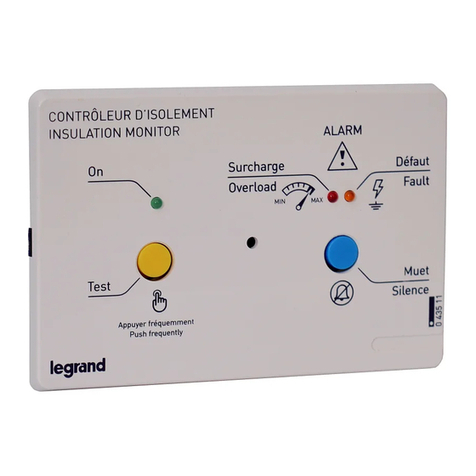
LEGRAND
LEGRAND 0 435 01 Instructions for installation and use
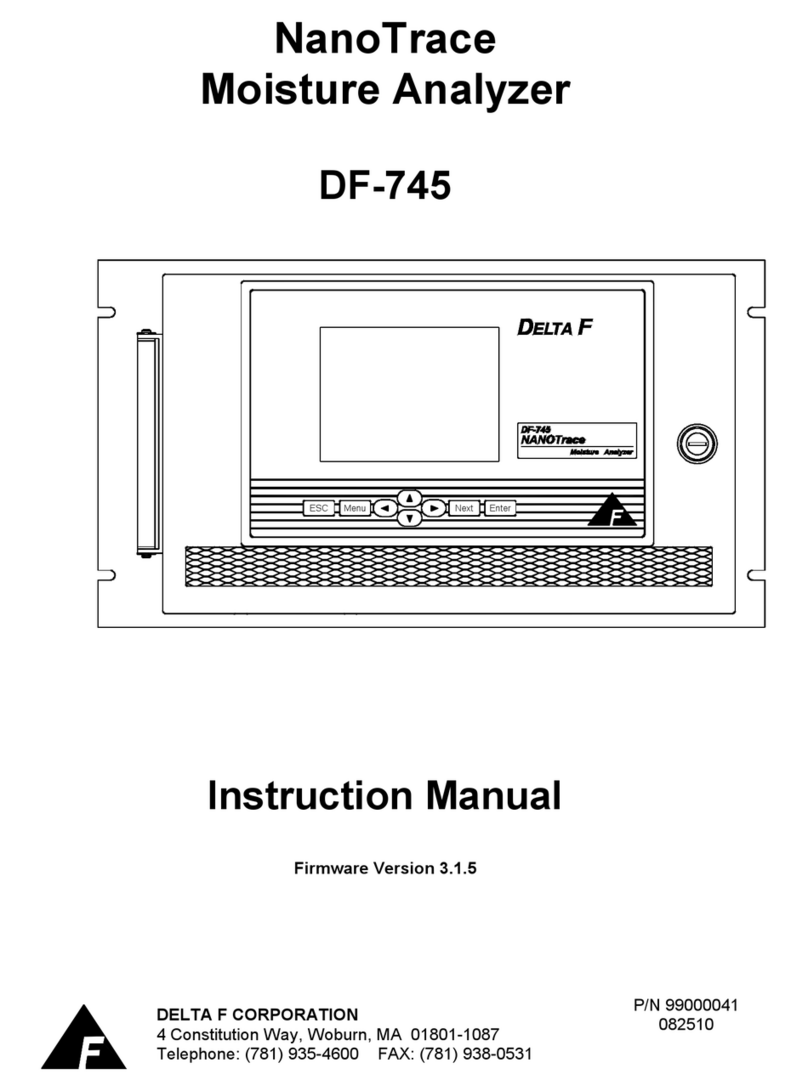
Delta F
Delta F NANOTRACE DF-745 instruction manual
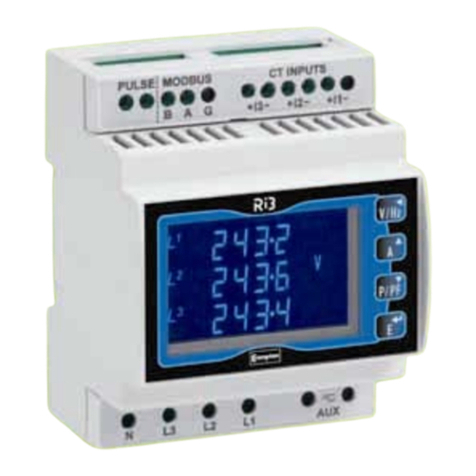
Integra
Integra Ri3 Installation and operating instructions
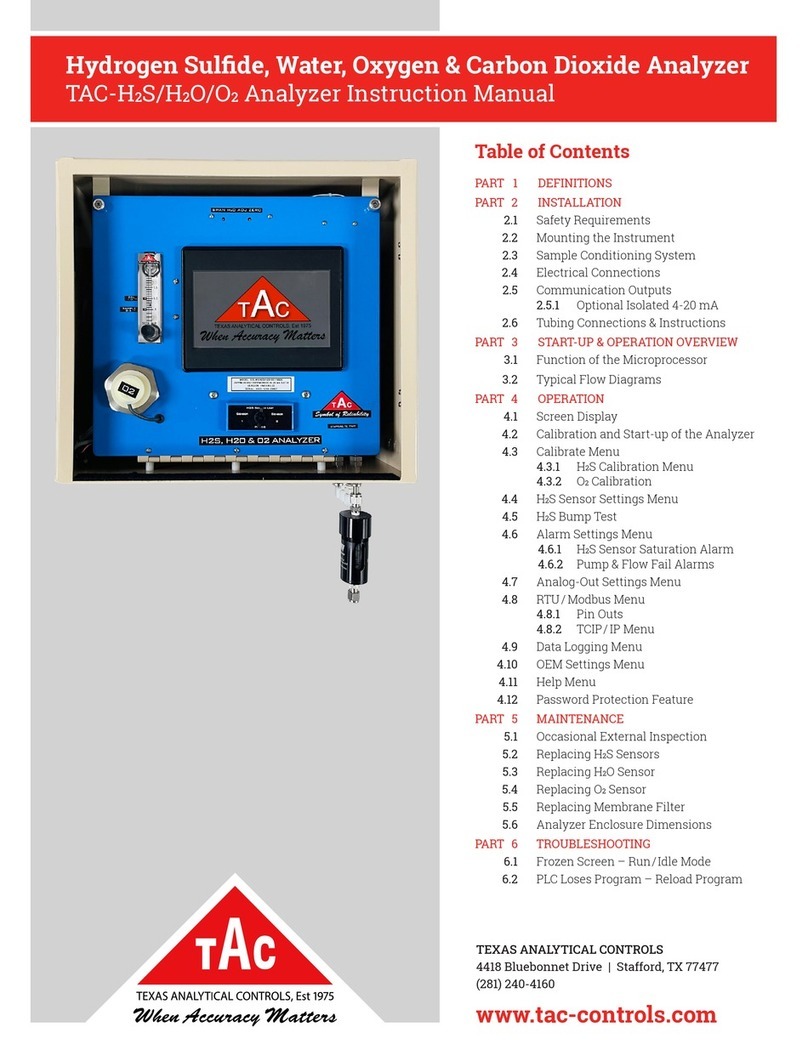
TAC
TAC H2S/H2O/O2 instruction manual
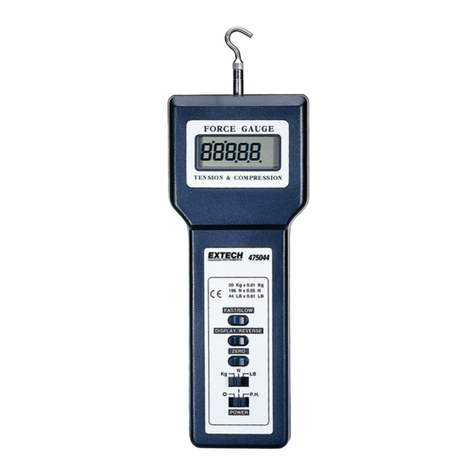
Extech Instruments
Extech Instruments 475040 user guide

Schroeder Industries
Schroeder Industries HY-TRAX Operating and maintenance instructions

Omntec
Omntec FuelCheck Installation & operating manual

Major tech
Major tech MT760 manual
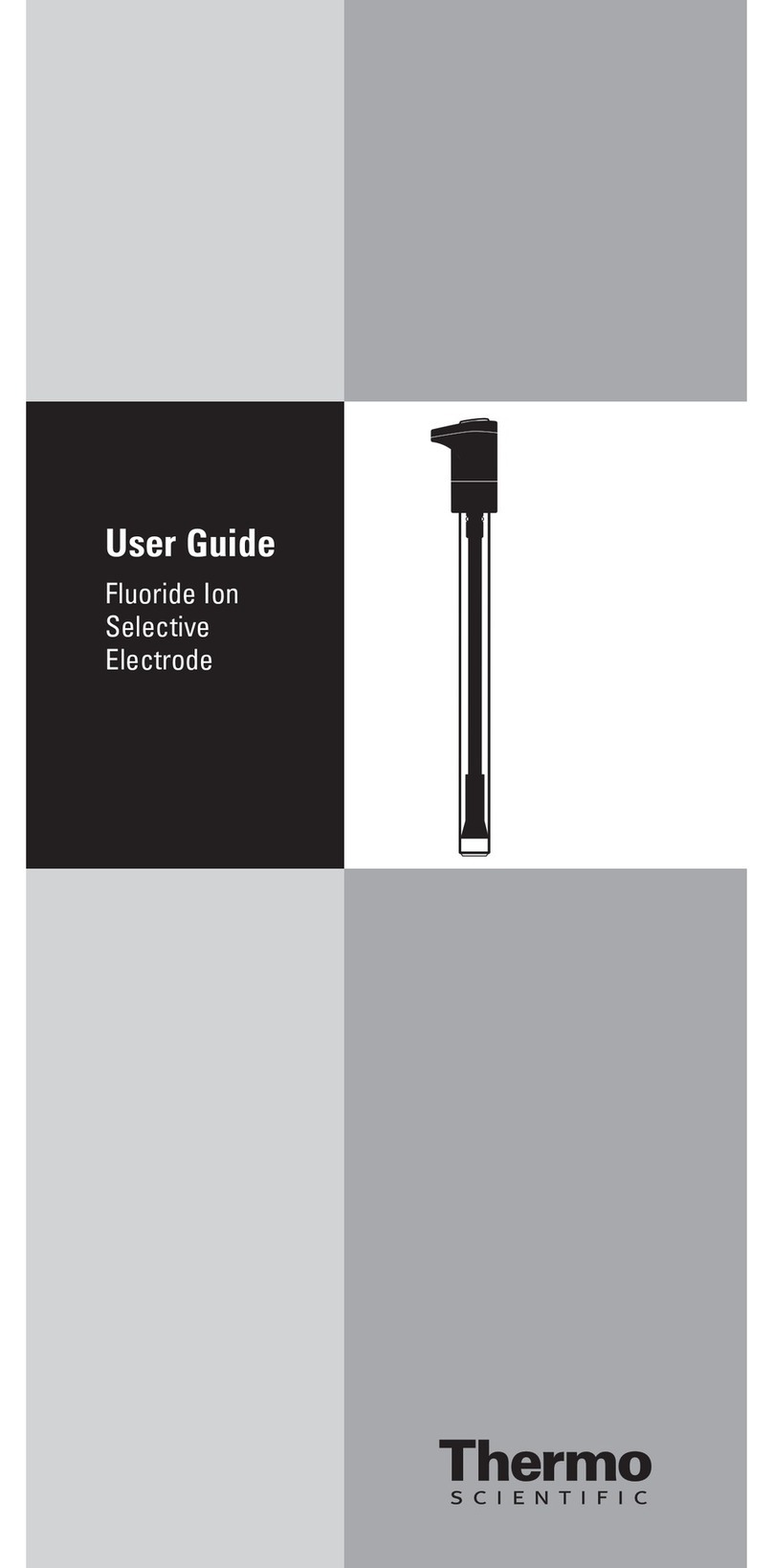
Thermo Scientific
Thermo Scientific ISE user guide
